Branders creates digital brand experience for Globalwine
Globalwine's brand refresh pursued the goal of strengthening the brand's positioning in the dynamic competitive environment, which is increasingly dominated by online retail. The recently launched website is particularly important in this context, as it not only serves as an important sales channel, but also conveys exciting stories about premium wines and their makers and makes them come alive. Through various storytelling elements, customers should always be [...]
 Globalwine's brand refresh pursued the goal of strengthening the brand's positioning in the dynamic competitive environment, which is increasingly dominated by online retail. The recently launched website is particularly important in this context, as it not only serves as an important sales channel, but also conveys exciting stories about premium wines and their makers and makes them come alive. Various storytelling elements are intended to inspire customers time and again and thus create specific purchase incentives.
Based on various market trends, the potential of different types of buyers as well as their motivation and information behavior when buying wine were analyzed and mapped in customer journeys. For example, information on sustainability in viticulture or recommendations for organic and vegan wines were created because they are attracting growing interest among the target groups and have become relevant purchasing criteria.
The online buying experience was enriched with various storytelling elements - these range from stories about winemakers, wineries and regions to wine knowledge and recommendations by oenologist Alain Bramaz. Delivered in a variety of formats, video is playing an increasingly important role, bringing to life topics such as winemaking consulting, tastings, and food pairings, as well as stories about winemakers and wineries, which can be found both on the new website and on a dedicated YouTube Channel find
Globalwine's brand refresh pursued the goal of strengthening the brand's positioning in the dynamic competitive environment, which is increasingly dominated by online retail. The recently launched website is particularly important in this context, as it not only serves as an important sales channel, but also conveys exciting stories about premium wines and their makers and makes them come alive. Various storytelling elements are intended to inspire customers time and again and thus create specific purchase incentives.
Based on various market trends, the potential of different types of buyers as well as their motivation and information behavior when buying wine were analyzed and mapped in customer journeys. For example, information on sustainability in viticulture or recommendations for organic and vegan wines were created because they are attracting growing interest among the target groups and have become relevant purchasing criteria.
The online buying experience was enriched with various storytelling elements - these range from stories about winemakers, wineries and regions to wine knowledge and recommendations by oenologist Alain Bramaz. Delivered in a variety of formats, video is playing an increasingly important role, bringing to life topics such as winemaking consulting, tastings, and food pairings, as well as stories about winemakers and wineries, which can be found both on the new website and on a dedicated YouTube Channel find
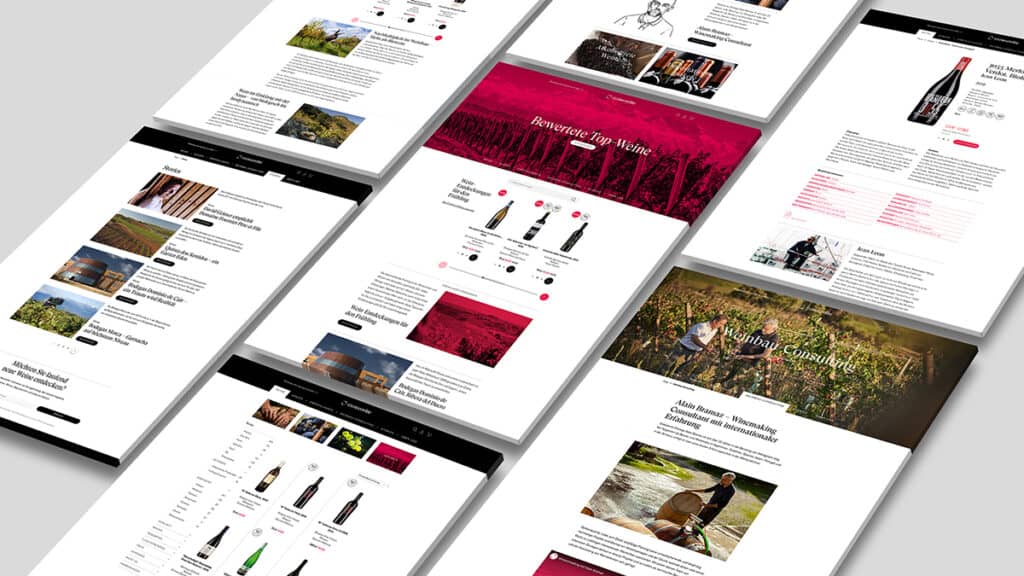

Responsible for GlobalwineGeri Theiler (CEO), Alain Bramaz (Head Oenologist & Viticulture Consultant), Stefan Lieberherr(Graphics & Design), Brigitte Auf der Maur (Digital Marketing). Responsible for Branders: René Allemann (Creative Director & CEO), Marisa Güntlisberger (Director Omnichannel Experience), Philippe Knupp (Strategy Director), Anita Hsieh (Brand Designer), Thomas Hausheer (Creative Brand Technologist), Martin Fähndrich (Video Journalist).








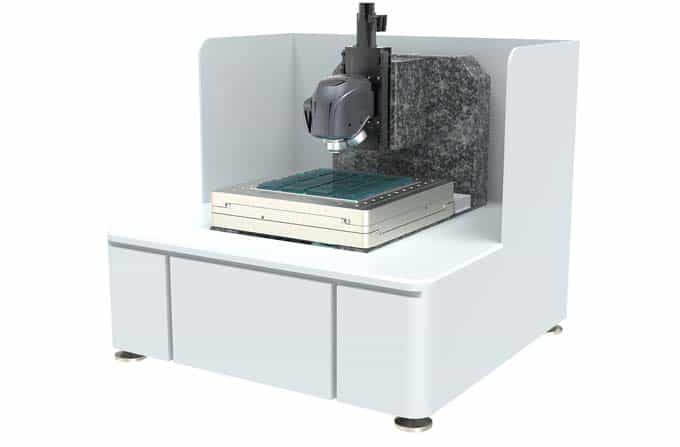
 This year Sanitas Troesch celebrates its 111th anniversary. Together with the agency Festland, which Sanitas
This year Sanitas Troesch celebrates its 111th anniversary. Together with the agency Festland, which Sanitas 
 The main content is various trend stories on the future of bathrooms and kitchens. Iria Degen and Stephan Hürlemann talk about Swiss Design between tradition and innovation. Simone Achermann and Stephan Sigrist from the think tank W.I.R.E. get to the bottom of developments that will shape our lives and homes of tomorrow. And Johan Olzon-Åkerström, co-founder of the design collective Soeder, talks about the essence of sustainability.
Other illustrious voices include Marianne Kohler Nizamuddin, author of the interior blog "Sweet Home," Urs Heller, Editor-in-Chief of GaultMillau Switzerland, and Reto Largo, Managing Director of the Nest Innovation Center in conversation with Patrick Maier, CEO of Sanitas Troesch and Saint-Gobain Switzerland.
The main content is various trend stories on the future of bathrooms and kitchens. Iria Degen and Stephan Hürlemann talk about Swiss Design between tradition and innovation. Simone Achermann and Stephan Sigrist from the think tank W.I.R.E. get to the bottom of developments that will shape our lives and homes of tomorrow. And Johan Olzon-Åkerström, co-founder of the design collective Soeder, talks about the essence of sustainability.
Other illustrious voices include Marianne Kohler Nizamuddin, author of the interior blog "Sweet Home," Urs Heller, Editor-in-Chief of GaultMillau Switzerland, and Reto Largo, Managing Director of the Nest Innovation Center in conversation with Patrick Maier, CEO of Sanitas Troesch and Saint-Gobain Switzerland.
 Swiss tap water may be of impeccable quality, inexpensive and healthy - but in the long run it's also a bit boring. With "Eau&Moi," Rivella wants to transform the lackluster tap water into a fruity refreshing drink with natural ingredients. For this purpose, pureed fruits, herbs and spices are packed into small pouches that can be added to the tap water as a natural flavor additive.
Swiss tap water may be of impeccable quality, inexpensive and healthy - but in the long run it's also a bit boring. With "Eau&Moi," Rivella wants to transform the lackluster tap water into a fruity refreshing drink with natural ingredients. For this purpose, pureed fruits, herbs and spices are packed into small pouches that can be added to the tap water as a natural flavor additive.

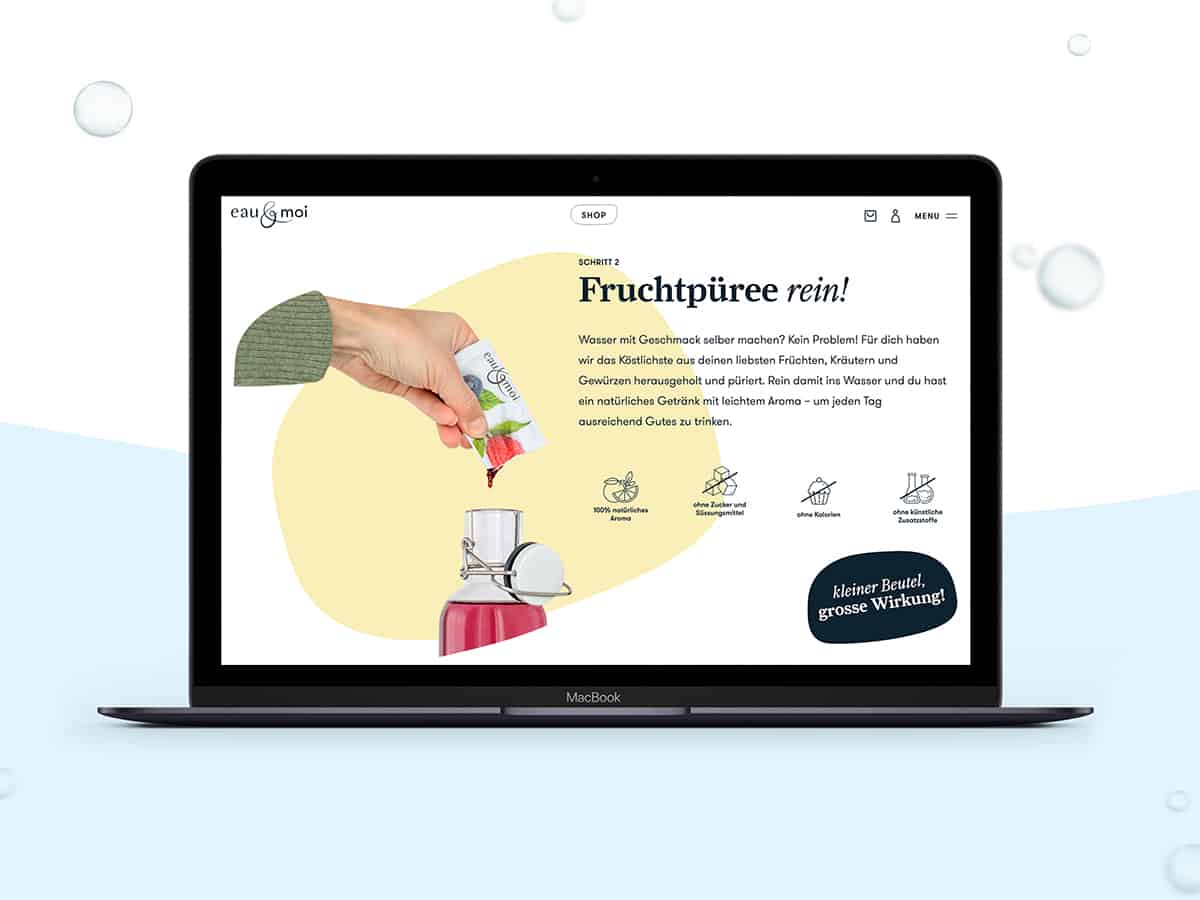
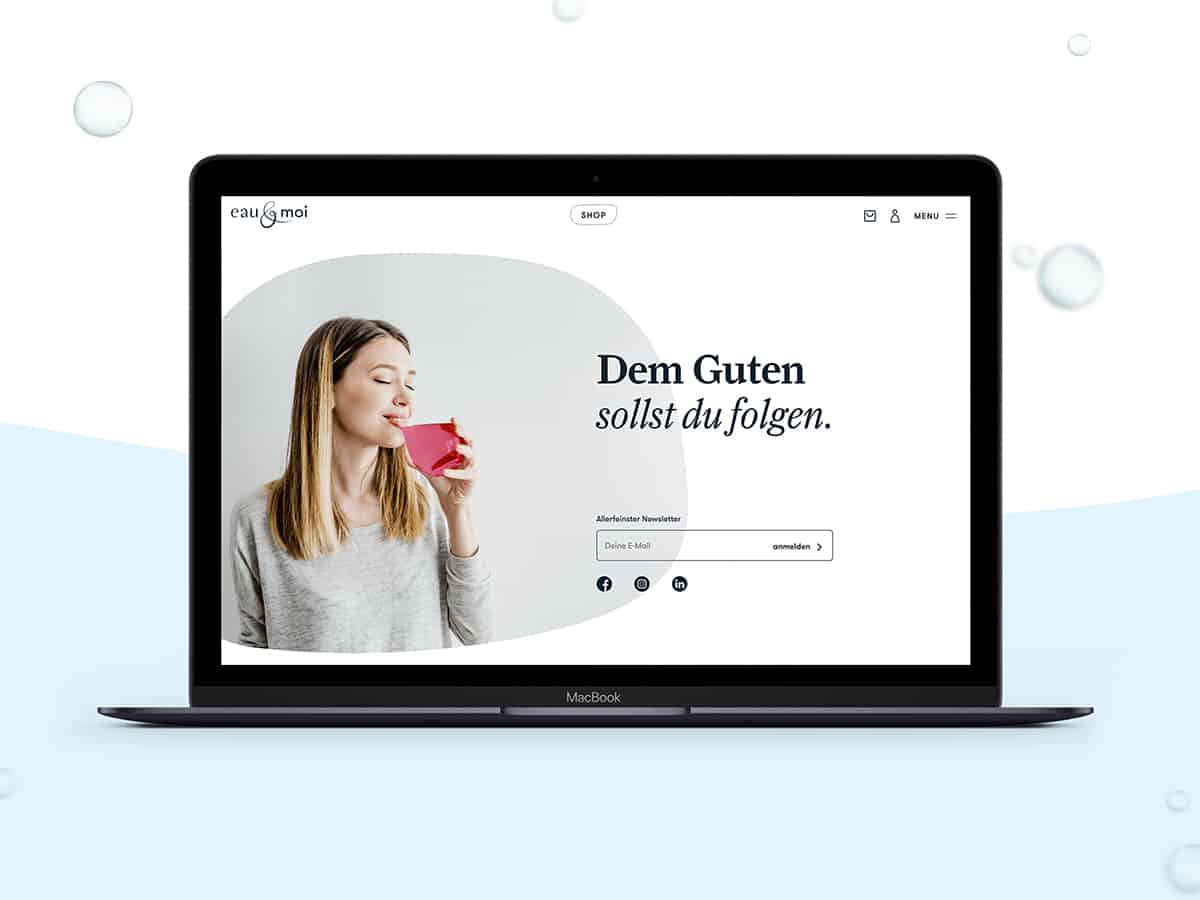

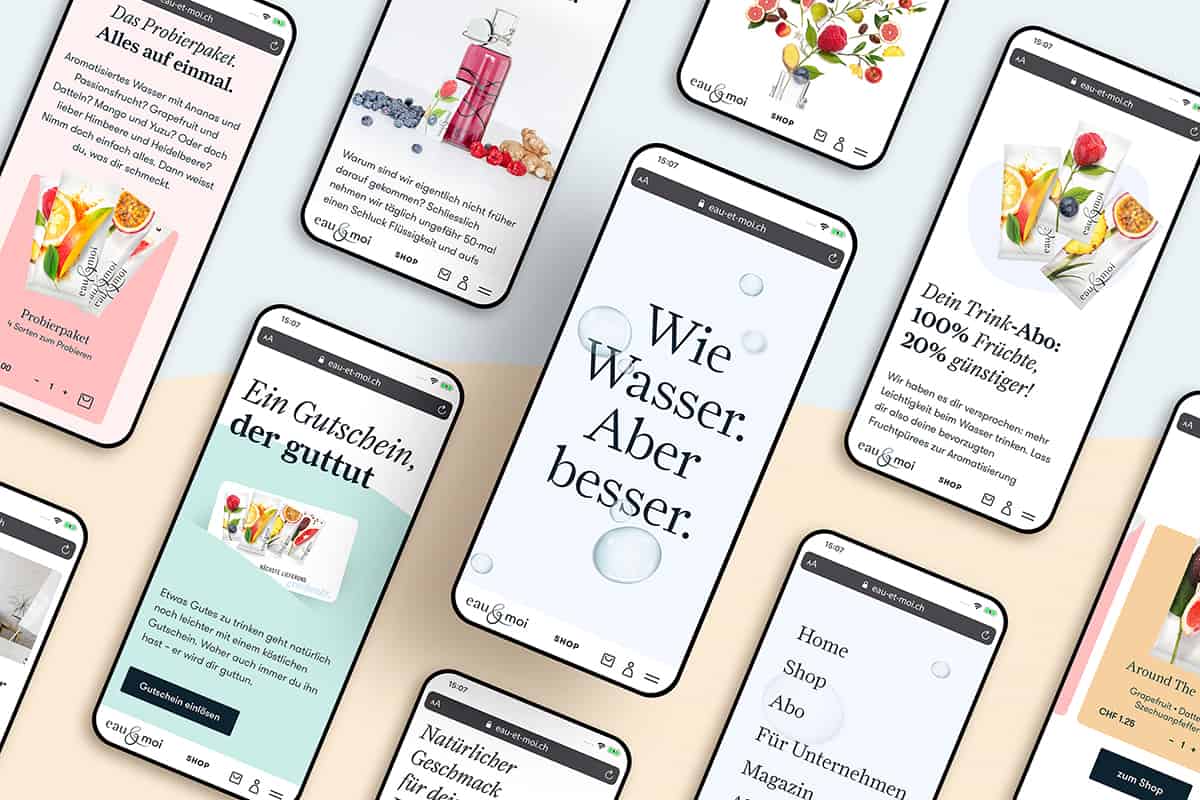
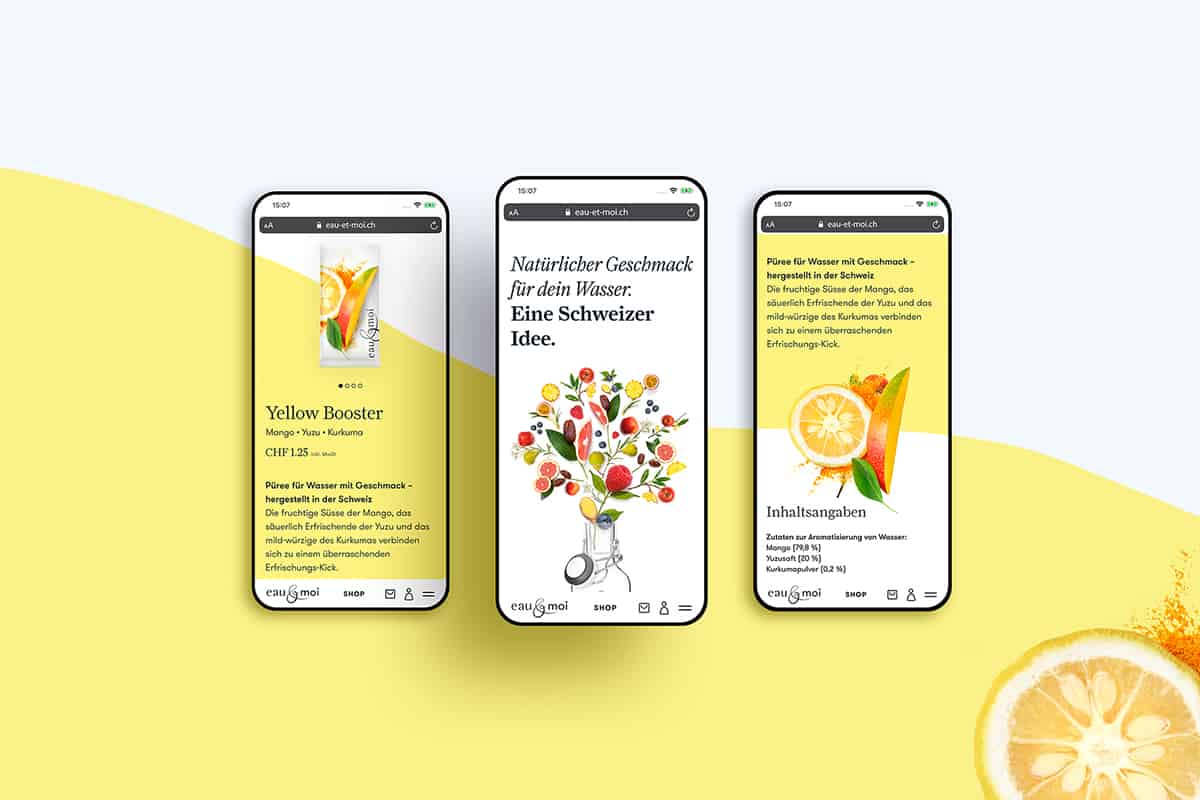
 The Corona pandemic has had a lasting impact on both the purchasing and nutrition of Swiss consumers. This is the result of a study by the shopping app Bring! on shopping planning and consumption behavior in Switzerland. The study was based on a survey of around 1,000 Bring! users. According to the study, many consumers have changed their shopping plans, the products they buy and their shopping priorities, as well as their eating habits.
The Corona pandemic has had a lasting impact on both the purchasing and nutrition of Swiss consumers. This is the result of a study by the shopping app Bring! on shopping planning and consumption behavior in Switzerland. The study was based on a survey of around 1,000 Bring! users. According to the study, many consumers have changed their shopping plans, the products they buy and their shopping priorities, as well as their eating habits.


 "The results of our analysis clearly show that people in Switzerland are shopping more consciously than before the pandemic," says Nadine Müller, Head of Sales Switzerland at Bring! "The Corona pandemic has led to people shopping less frequently, but in a more planned way, also in order to spend as little time as possible in the supermarket. One result of this - and our study clearly proves this - is that consumers are thinking more carefully about what ends up in their shopping carts and thus also on their plates. This trend will continue, and with it the increased role of purchase planning."
"The results of our analysis clearly show that people in Switzerland are shopping more consciously than before the pandemic," says Nadine Müller, Head of Sales Switzerland at Bring! "The Corona pandemic has led to people shopping less frequently, but in a more planned way, also in order to spend as little time as possible in the supermarket. One result of this - and our study clearly proves this - is that consumers are thinking more carefully about what ends up in their shopping carts and thus also on their plates. This trend will continue, and with it the increased role of purchase planning."
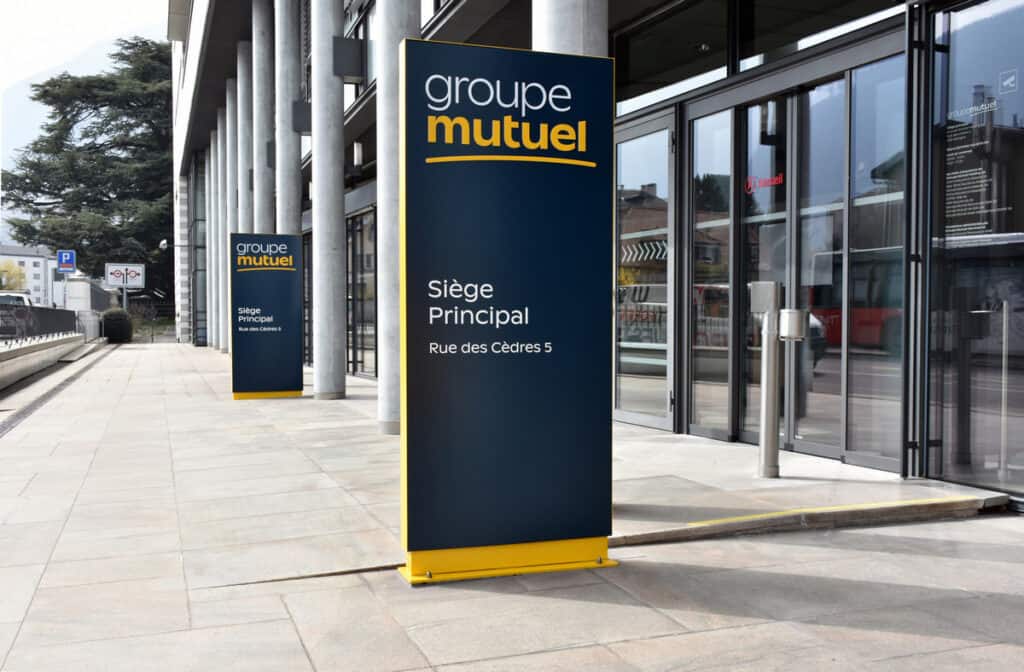 In addition to its image, Groupe Mutuel is refining its strategy to focus on the two biggest concerns of the Swiss population: health and pensions. With 1.3 million individual customers and 27,000 corporate customers, this strategy is geared to both the personal and corporate insurance markets.
In addition to its image, Groupe Mutuel is refining its strategy to focus on the two biggest concerns of the Swiss population: health and pensions. With 1.3 million individual customers and 27,000 corporate customers, this strategy is geared to both the personal and corporate insurance markets.


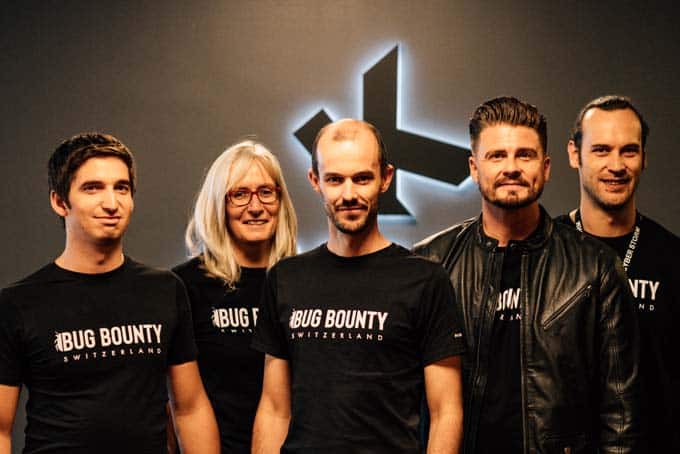
 Over the past two years, Violetta Digital Craft has given the "BnB Switzerland" brand a completely new face on all digital channels. The name was changed from "Bed and Breakfast Switzerland" to "BnB Switzerland", as well as a comprehensive rebranding and the creation of a new design system. At the beginning of the process, the agency worked with the client to define a comprehensive content strategy and the technological framework for the project.
The goal was to get the most out of the available resources - and a little more if possible. While the international competition is present all over the world and has to allocate its resources, BnB Switzerland can fully focus on the Swiss market.
Over the past two years, Violetta Digital Craft has given the "BnB Switzerland" brand a completely new face on all digital channels. The name was changed from "Bed and Breakfast Switzerland" to "BnB Switzerland", as well as a comprehensive rebranding and the creation of a new design system. At the beginning of the process, the agency worked with the client to define a comprehensive content strategy and the technological framework for the project.
The goal was to get the most out of the available resources - and a little more if possible. While the international competition is present all over the world and has to allocate its resources, BnB Switzerland can fully focus on the Swiss market.









 On Thursday, the startup announced the partnership with the ESC singer in a statement. The collaboration between Marius Bear and Eventfrog gives the singer access to an ideal advertising platform for his album and associated tours in Switzerland, it said. "I'm really looking forward to the collaboration and to becoming a brand ambassador. Eventfrog is committed to the cultural landscape and us artists. I can wholeheartedly stand behind that and champion the event revolution," Bear says of the collaboration.
On Thursday, the startup announced the partnership with the ESC singer in a statement. The collaboration between Marius Bear and Eventfrog gives the singer access to an ideal advertising platform for his album and associated tours in Switzerland, it said. "I'm really looking forward to the collaboration and to becoming a brand ambassador. Eventfrog is committed to the cultural landscape and us artists. I can wholeheartedly stand behind that and champion the event revolution," Bear says of the collaboration.
 As if dilemmas weren't difficult enough, to add to all the misery in the world, trilemmas are popping up everywhere. Not only in world politics, the global economy or the world climate debate, but increasingly also in more banal realms such as advertising and marketing.
The "trilemma" is a newly launched, linguistically ancient expression used to complement an already existing word (dilemma) - just like "proactive", for example. So anyone who wants to proactively address a trilemma had better be distrusted. For the use of such exaggerated neologisms always has something boastful and exclusionary about them. They are perceived as apt for a certain time and spread furiously before they sink back into meaninglessness - usually rightly so.
The dilemma, on the other hand, holds its own bravely, especially in our industry. And not just since Henry Ford's attributed quota "Fifty percent in advertising is always thrown out. But you don't know which half that is." Even if this "rule" has lost much of its charm in the age of data-based marketing, it was at least reliable.
As if dilemmas weren't difficult enough, to add to all the misery in the world, trilemmas are popping up everywhere. Not only in world politics, the global economy or the world climate debate, but increasingly also in more banal realms such as advertising and marketing.
The "trilemma" is a newly launched, linguistically ancient expression used to complement an already existing word (dilemma) - just like "proactive", for example. So anyone who wants to proactively address a trilemma had better be distrusted. For the use of such exaggerated neologisms always has something boastful and exclusionary about them. They are perceived as apt for a certain time and spread furiously before they sink back into meaninglessness - usually rightly so.
The dilemma, on the other hand, holds its own bravely, especially in our industry. And not just since Henry Ford's attributed quota "Fifty percent in advertising is always thrown out. But you don't know which half that is." Even if this "rule" has lost much of its charm in the age of data-based marketing, it was at least reliable.
